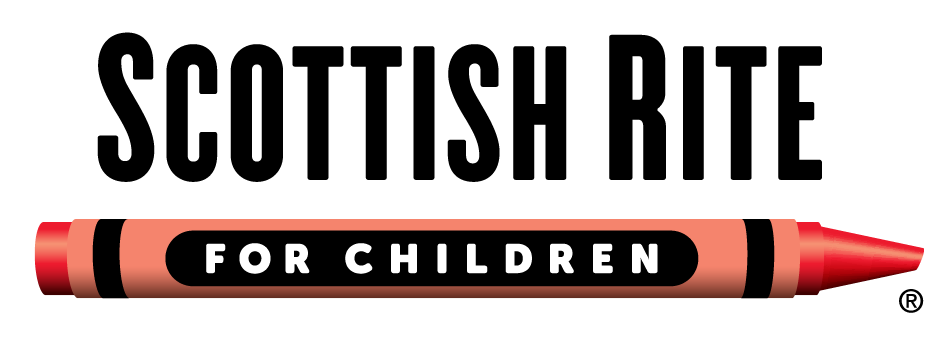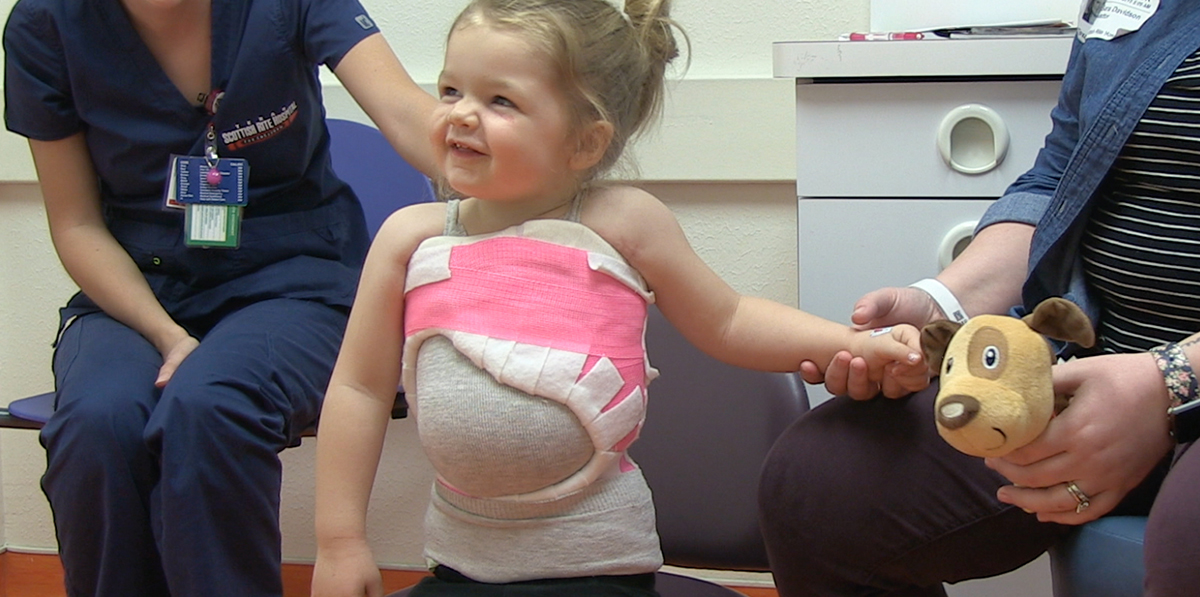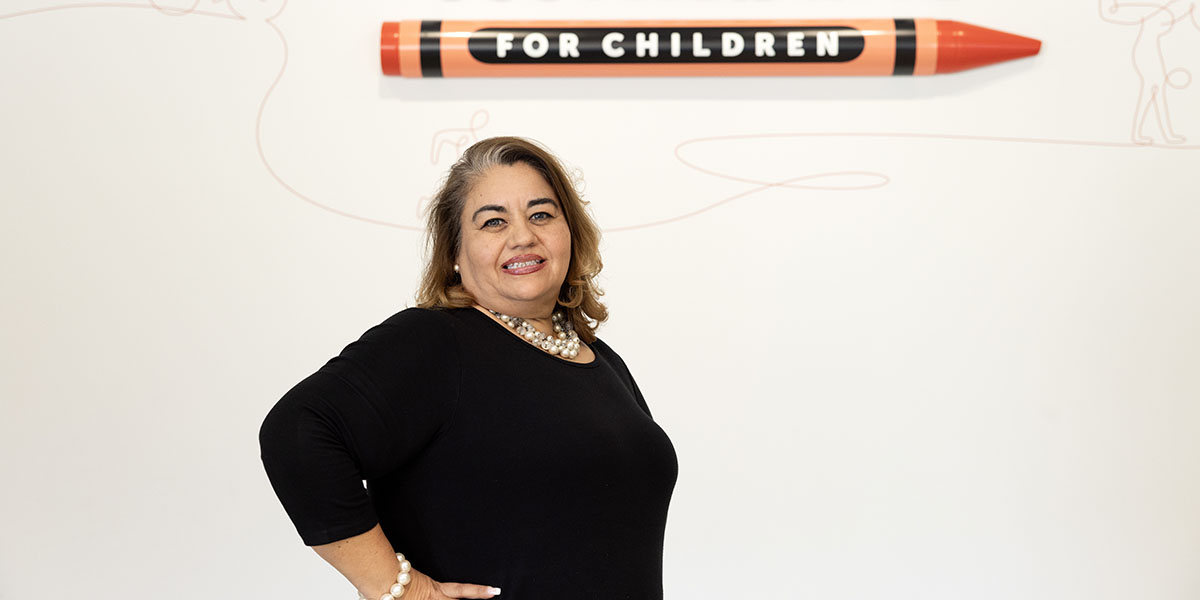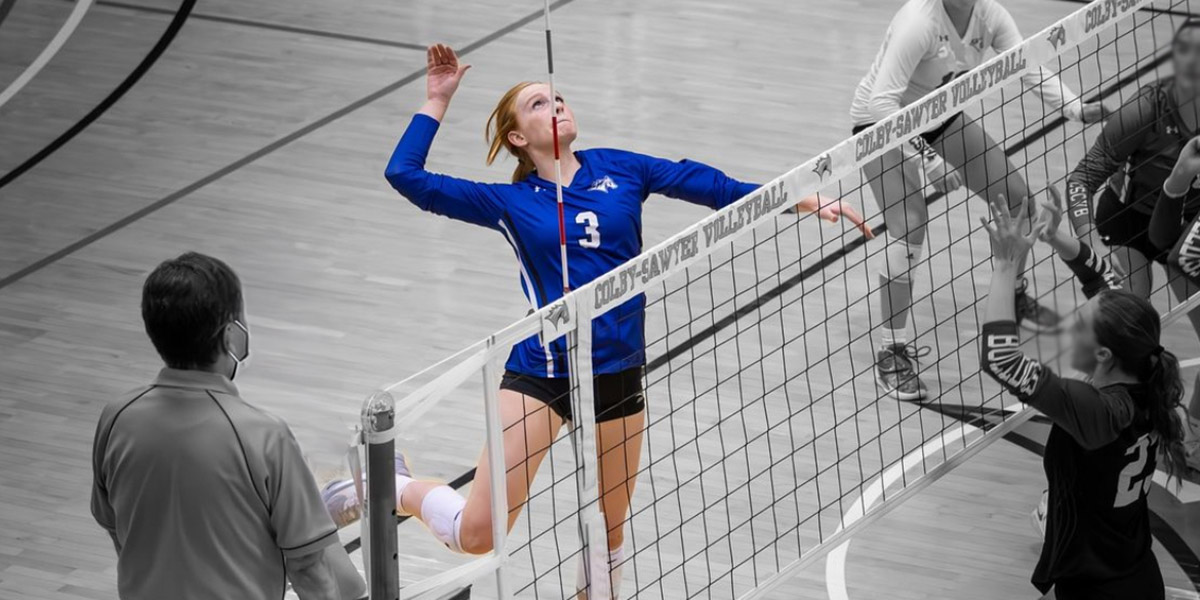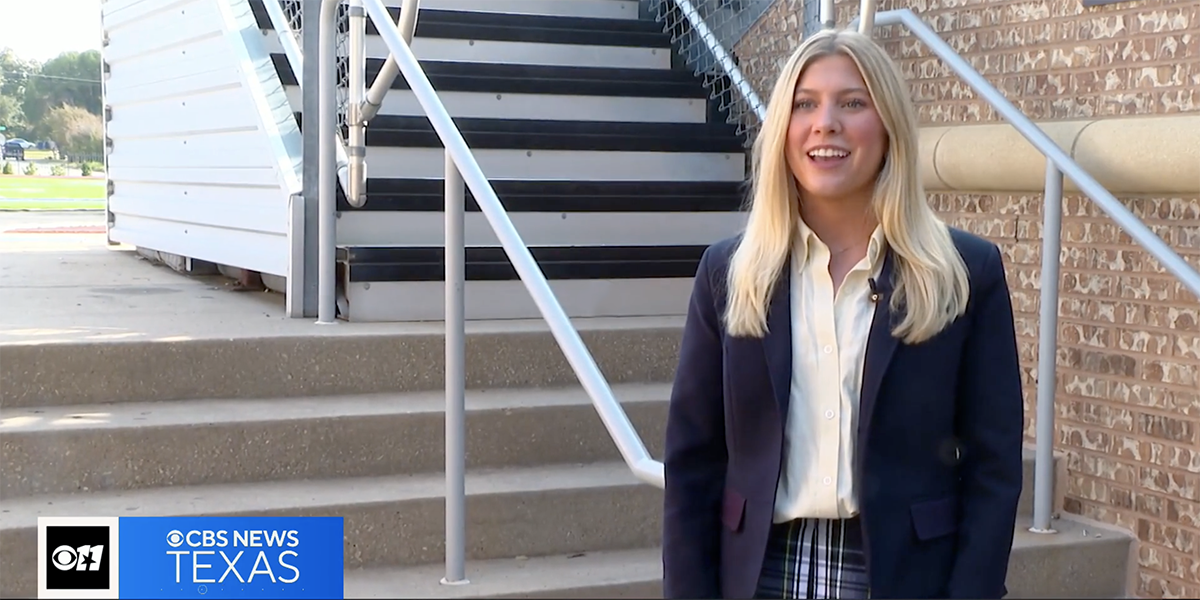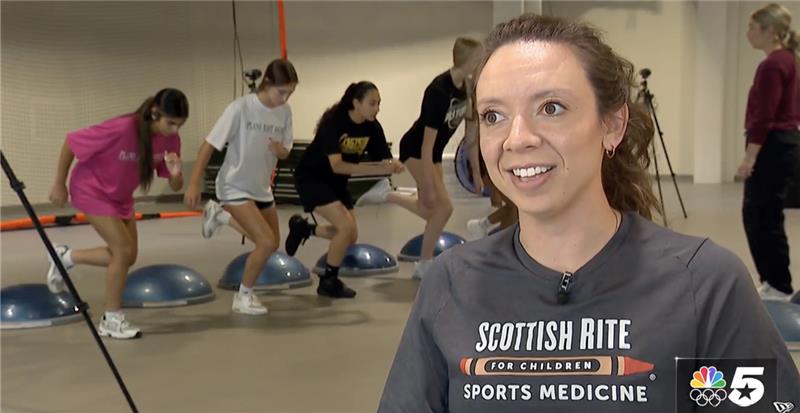Your child will be admitted to the hospital the day before or on the morning of each cast application. Your child will be given general anesthesia and will be asleep in the casting room before the doctor applies the cast. Gentle traction is used to correct the scoliosis curve as much as possible. The doctor applies a T-shirt liner and soft padding to protect the skin before the cast is applied. The cast will have holes (or “windows”) to allow the stomach to expand for eating and to allow plenty of room for breathing.
Your child will be able to go home either the same day the cast is applied or the day after. This cast may have an impact on your child’s balance and walking. Close supervision is important to prevent injuries from falls. Your child will adjust to the cast in a few days.
It is important for the cast to remain dry. If your child wears diapers, you will have to tuck the diaper under the cast at the hips. Your child will not be able to take a regular bath or shower while wearing a scoliosis cast. You will have to sponge-bathe your child during this time, as water will ruin the cast and can damage your child’s skin under the cast. Because of your child’s rapid growth, the cast will have to be changed every two to three months for up to one year.
How to care for your child’s scoliosis cast:
- Keep the cast as clean and dry as possible at all times to prevent skin breakdown and damage to the cast.
- Give your child a sponge bath daily and wash all areas of skin not under the cast. Never give a bath or shower in the cast.
- If itching is a problem you may use a hair dryer on cool setting to blow into the cast. You can also use distractions, such as games, music, reading, video games or counting to distract your child.
- Never put anything in the cast to scratch the skin, as this can cause a sore or infection. You can pull the T-shirt liner up and down to relieve itching.
- Never use powder inside the cast, as it may clump and irritate the skin. Do not use oil or lotion under or around the edges of the cast.
- Never permit a child around a pool with a cast on or allow him/her to ride in a boat.
- Do not allow your child to play in sand or dirt.
- It is OK to draw on your child’s cast or put stickers on it. Be creative. Have fun with the cast.
- You will be given a cast care book before you go home. The nurse will give you further instructions and waterproof tape and moleskin for cast edges to use at home as needed.
Call Scottish Rite Hospital:
- If the cast is too tight.
- If your child has decreased movement or sensation (tingling) in arms or legs.
- If you notice skin breakdown.
- If the cast cracks or breaks.
- If you notice the cast position has changed.
- If you notice a foul odor (beyond body odor). This can indicate a wound under the cast.
- If an object (such as a toy, rocks, fork, etc.) gets into the cast and cannot be removed. This can cause a pressure wound under the cast.
- If the cast is causing pain.
